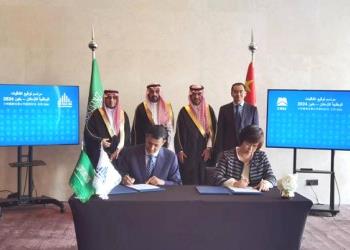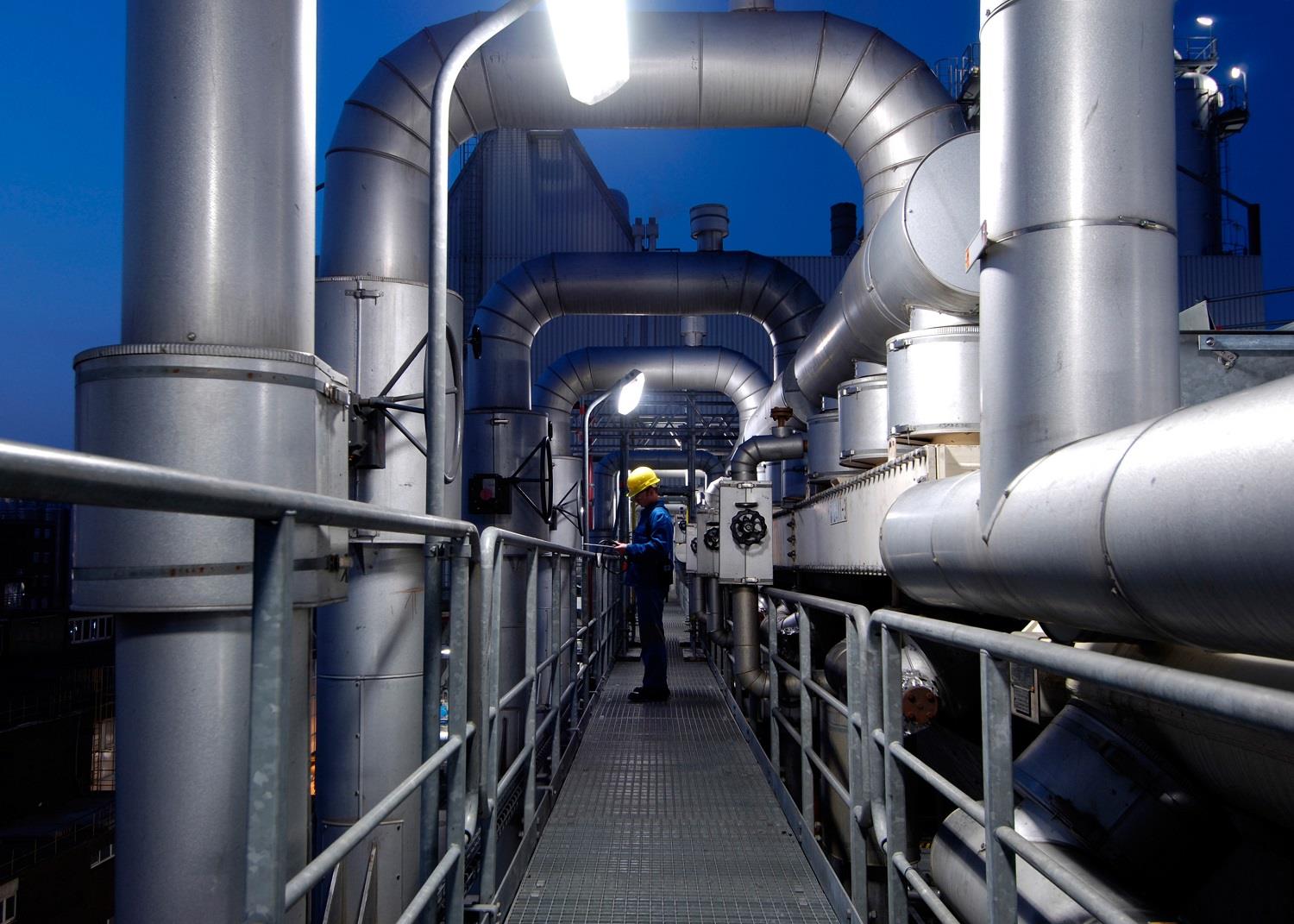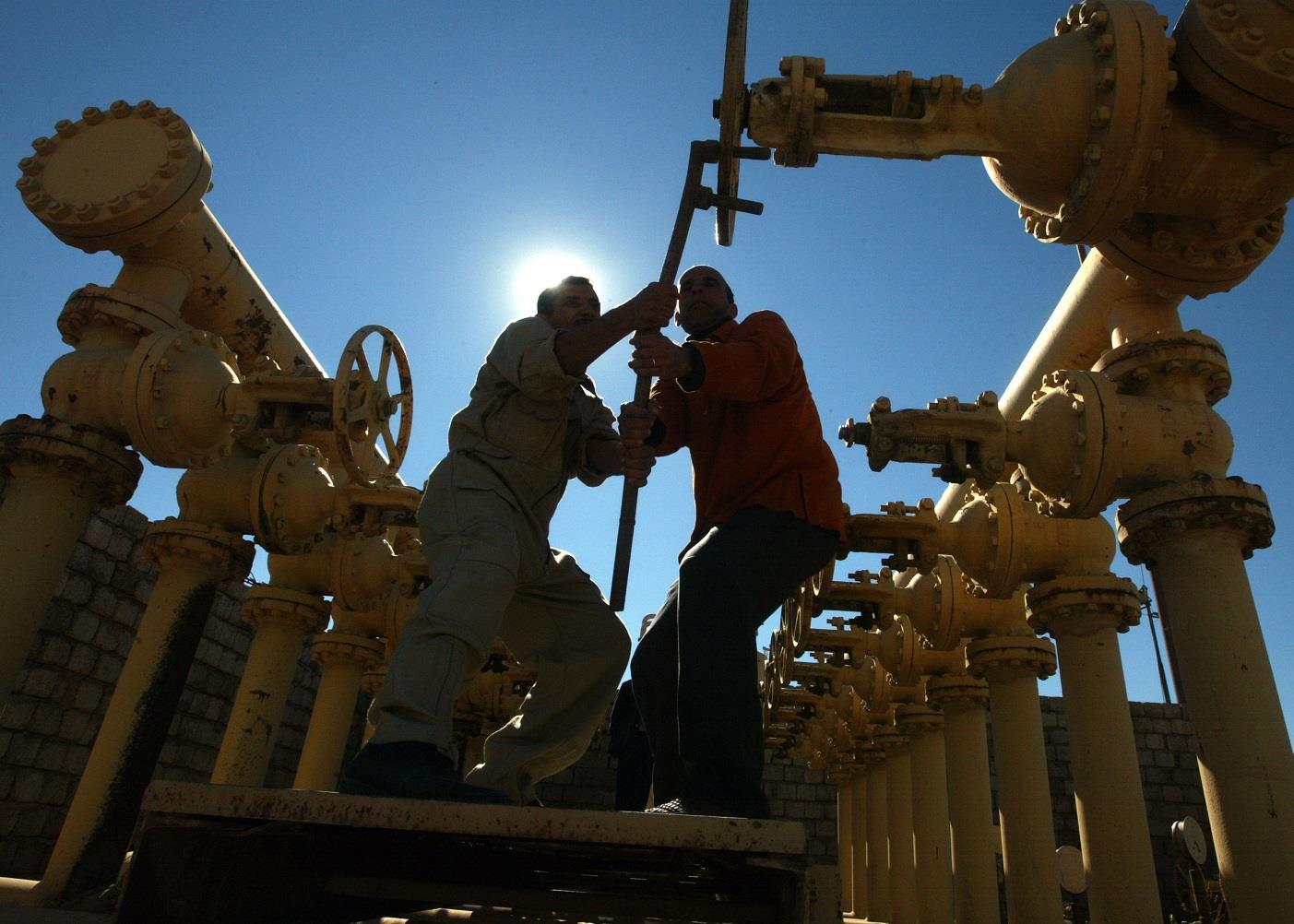
A long-drawn political tiff could expose vulnerabilities of banks in Qatar
Political tensions in the GCC will have consequences for Qatars financial sector and perhaps businesses on the both sides of the political divide, but bankers are so far hesitant to take an all-out negative view on Qatar economy in general and its banking sector in particular.
At the moment there are too many unknowns for bankers to take a definitive stance. The most important determinants, they say, are how long the political spat will continue and will it become worse than what it is now. The answer to these questions will ultimately form their views on the gas-rich Gulf states risk perception and the health of the economy and its financial sector in particular.
Saudi Arabia, Bahrain, the UAE and Egypt on 5 June severed diplomatic links with Qatar pulling out their diplomatic staff in retaliation to what they claim is Dohas meddling in regional affairs and its support to terrorism. The three GCC have also closed airspace, ports and territorial waters to and from Qatar, and have barred their citizens and residents from travelling to Doha.
Qatari residents and nationals have also been given 14 days to leave the three GCC states. Cairo has yet to clarify whether it will bar Egyptian citizens and residents from travelling to Qatar, and whether it will ask Qataris to leave Egypt.
These measures amount to an economic blockade of Qatar, but the country, which is the biggest exporter of liquefied natural gas in the world, is unlikely to feel the economic pinch in the short term. Although, its only land border with Saudi Arabia is now closed, Qatar has extensive port facilities, which allows continuity of hydrocarbon exports to the markets in Europe and Asia to keep the foreign exchange flowing.
Long-term risks
A long-drawn boycott of Doha, however paints a different picture. While we think the near term impact of the crisis is easily containable by Qatar, which has substantial resources it can employ, we see considerable risks regarding the economic and financial impact of these sanctions the longer they remain in place, a research note by US lender Citi noted.
On the economy as a whole, Citi has pointed out inflation, particularly rising food prices and slowdown in economic growth as the construction sector is a key driver of the Qatari economy and is partially dependent on overland routes for supplies, as potential long-term impacts of the latest rift among the GCC power houses.
The dispute also poses risks to viability of World Cup if sanctions are not lifted in near term and will negatively impact transportation sector, especially Qatar Airways, which stands to lose routes and will have to detour neighbours airspace, which could add additional costs to its operational base.
On the finance side, Citi says an erosion of fiscal balances and increased financing requirement are the likely impacts in the long term. Any increase in costs or losses to Qatar Airways may also have to be absorbed by the government, which will result in a rise in borrowing requirements of state of Qatar.
The cost of borrowing will also rise for the Qatari banking sector, which has already been struggling with liquidity shortages on the back of falling oil prices. Financial conditions in the system have tightened and foreign liabilities in the banking sector have ballooned to $105bn, compared with $34bn net foreign currency, Citi points out, adding that prolonged sanctions would exacerbate this and potentially make financing of external liabilities more costly and difficult.
Length of conflict
Tensions in the GCC have been on the rise since May, when Qatars state news agency quoted Emir Sheikh Tamim bin Hamad al-Thani as criticising renewed tensions with Tehran and suggesting US President Donald Trump might not last long in power comments that Doha immediately said were false, saying its official news agency website had been hacked.
The last episode of political rift in 2014 lasted eight months after Qatars Gulf peers withdrew their ambassadors from Doha. The severity and extent of the sanctions this time round may argue for a quicker resolution as Qatar will be particularly incentivised to resolve any differences with its neighbours as soon as possible, the Citi researchers argue, adding that one could equally draw the conclusion that the position of Qatars gulf neighbours has hardened relative to 2014, and that Qatar probably would need to do a lot more to satisfy them this time around.
Reports, so far, have suggested that Saudi Arabia and the UAE have halted supply of white sugar through land route to Qatar, and hundreds of the trucks loaded with food items are stuck on the Saudi side of the border, a sign of tougher times to come.
Central Bank guidelines
While there are immediate risks attached to Qatari and to some degree to UAE and Saudi transport sectors in immediate future, the banking sector in particular is vulnerable if a quick fix to the political tensions is not found.
Qatari banks which have expanded aggressively over the better part of the last decade into GCC and markets beyond may now have to worry about their investments in the region.
Qatar National Bank (QNB), the biggest bank in Qatar owns a sizeable stake in UAE Commercial Bank International, while Commercial Bank of Qatar has a shareholding in United Arab Bank. QNB, which was awarded a banking license in Saudi Arabia has opened up its first branch in the kingdom a few weeks ago.
UAE lenders like Mashreq and Saudi Arabias Samba that have significant presence in Qatar are in the same position.
Egyptian and Saudi banking regulators have indicated there are no restriction on trading with Qatar for the banks in their jurisdictions and a regional banker say the other two central banks will avoid intervening as the diplomatic row can be fixed and actions can be reversed with a statement, but change in central bank policies and restrictions take a lot more to reverse.
It is complicated because regional lenders, including some of Saudi and UAE banks have exposure to Qatari corporate sector or project finance deals through syndication and or club deals and it is difficult to put the system on hold, the banker points out.
Project finance
In terms of the Qatars own banking market, the longer term picture is challenging as regional credit deals will dry up in short to medium term and even the international banks will be hesitant to participate in Qatari transaction, waiting for the dust to settle.
The biggest impact will be on project and construction finance as the cost of the credit is expected to rise further amid already tight liquidity conditions. The fragmented Qatari banking system, which is dominated by QNB, lacks depth to carry on funding the multi-billion World Cup and other infrastructure projects. Smaller banks in particular will struggle to meet the market demand due to lack of capital, says the banker.
Consolidation, is the way forward for smaller banks in the market. The have to increase the size of balance sheet to be able to not only increase the size of balance sheet to fund big ticket projects which Qatar needs, but also comply with singe sector exposure limits imposed by Qatari central bank.
QNB, which is the biggest bank in the Middle East and North Africa by assets will have to rethink its capital deployment strategy. The lender in the past has aggressively deployed capital in foreign markets but the need of the hour would dictate that most of capital is directed to projects and construction markets.
You might also like...

UAE firm breaks ground on Kezad food facility
17 May 2024

Chinese firm signs National Housing Company deal
17 May 2024

Two bid for 90-100MW Bahrain solar contract
17 May 2024
A MEED Subscription...
Subscribe or upgrade your current MEED.com package to support your strategic planning with the MENA region’s best source of business information. Proceed to our online shop below to find out more about the features in each package.









